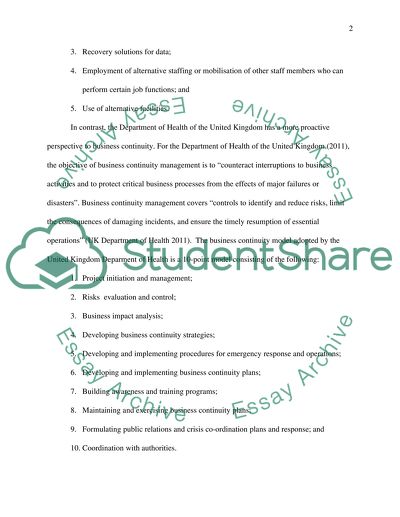Cite this document
(“How important is it to develop a Business Continuity Model (BCM) Essay”, n.d.)
Retrieved from https://studentshare.org/environmental-studies/1410788-how-important-is-it-to-develop-a-business
Retrieved from https://studentshare.org/environmental-studies/1410788-how-important-is-it-to-develop-a-business
(How Important Is It to Develop a Business Continuity Model (BCM) Essay)
https://studentshare.org/environmental-studies/1410788-how-important-is-it-to-develop-a-business.
https://studentshare.org/environmental-studies/1410788-how-important-is-it-to-develop-a-business.
“How Important Is It to Develop a Business Continuity Model (BCM) Essay”, n.d. https://studentshare.org/environmental-studies/1410788-how-important-is-it-to-develop-a-business.


